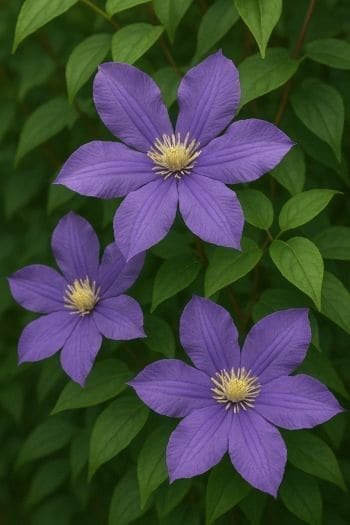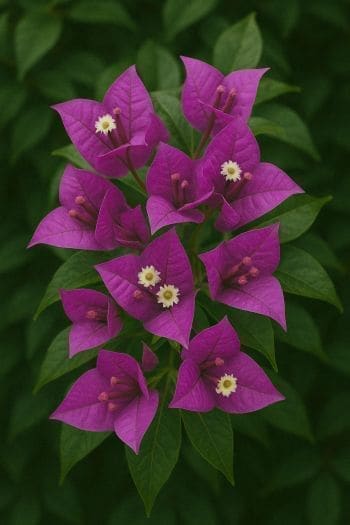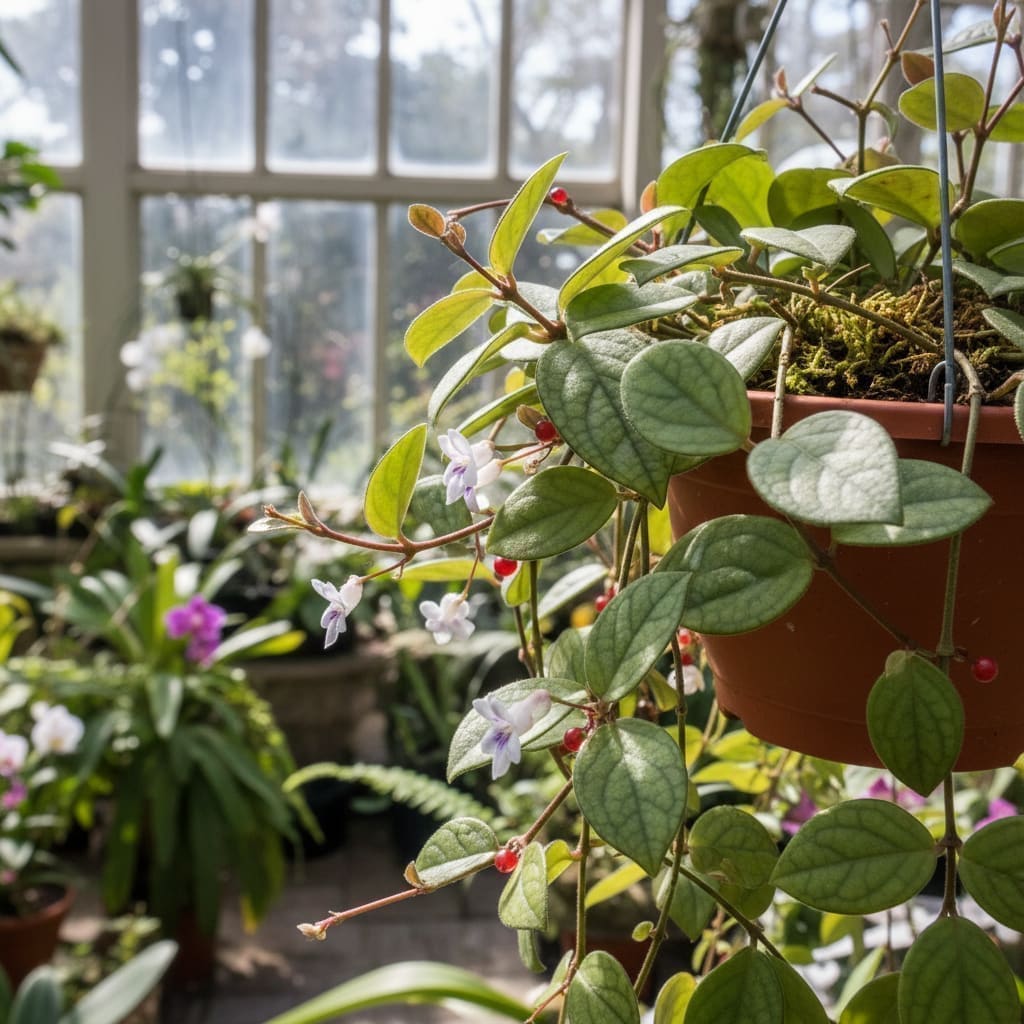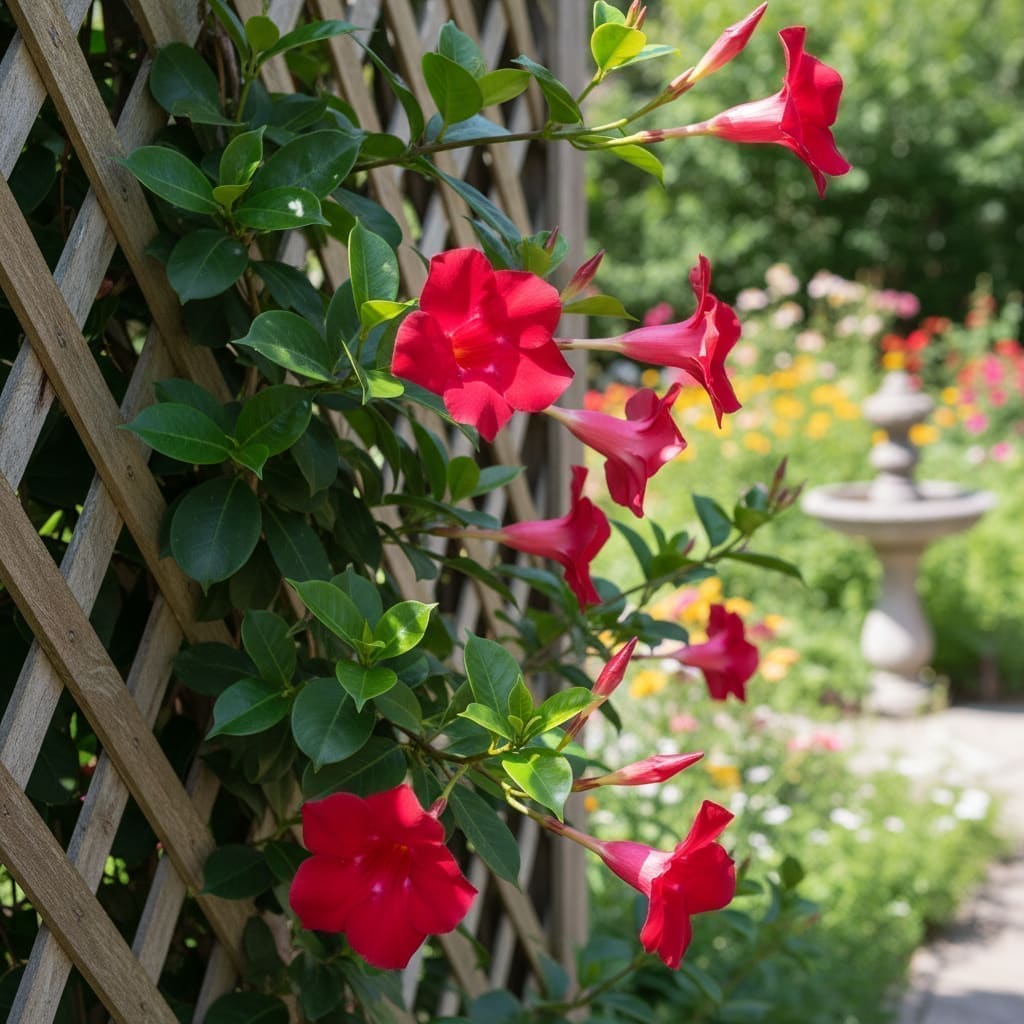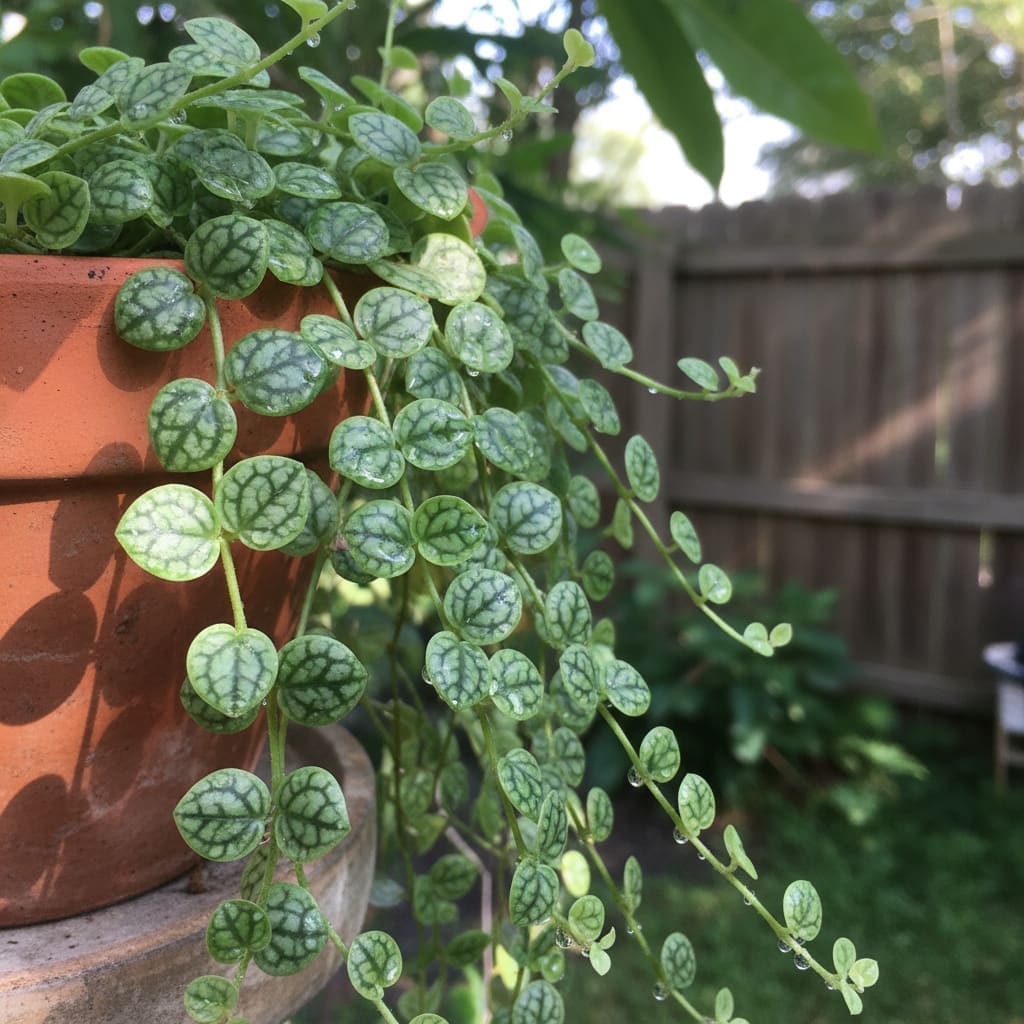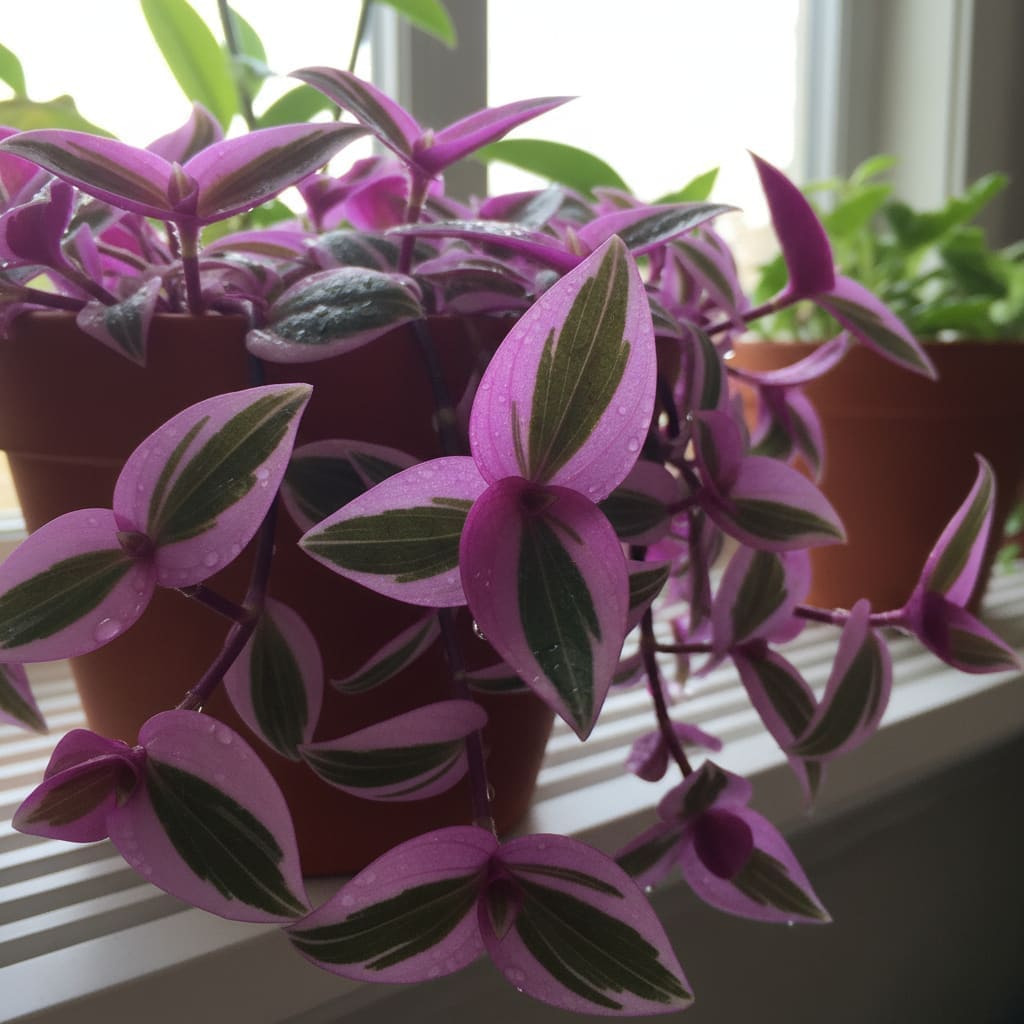Nematanthus gregarius (Goldfish Plant) Care & Growing Guide
Overview
Nematanthus gregarius, commonly known as the goldfish plant or clog plant, is a tropical perennial native to the rainforests of Brazil. It is prized for its glossy foliage and distinctive tubular orange flowers that resemble tiny leaping goldfish or Dutch clogs. This epiphytic species thrives in bright, indirect light and high humidity, making it a popular choice for indoor gardeners seeking a unique, flowering houseplant.
Identification & Growth Habit
Nematanthus gregarius is a trailing or cascading plant with semi-succulent, oval, dark green leaves that are smooth and slightly waxy. In its native habitat, it often grows as an epiphyte, anchoring itself to trees while drawing nutrients from rain and organic debris. Indoors, it is commonly grown in hanging baskets, where its stems can trail gracefully, or trained to climb a small trellis or moss pole.
When mature and well-cared for, the plant produces abundant orange to reddish tubular flowers primarily in spring and summer, though sporadic blooms may occur year-round under optimal conditions.
Light & Placement
Place your goldfish plant in bright, indirect light to encourage prolific flowering. A spot near an east- or north-facing window is ideal, or a few feet back from a bright south- or west-facing window with sheer curtains to diffuse the light. Avoid prolonged direct sunlight, which can scorch leaves, and low-light conditions, which often result in sparse growth and few blooms.
For even growth, rotate the plant every few weeks so all sides receive equal light exposure.
Watering & Humidity
Water when the top inch (2–3 cm) of soil feels dry to the touch. Use room-temperature water and ensure thorough drainage—never let the pot sit in standing water, as this can cause root rot. Reduce watering in winter when growth naturally slows.
Being of tropical origin, Nematanthus gregarius prefers high humidity. Aim for 50–60% relative humidity or higher. Increase moisture by:
- Misting the foliage regularly (avoid excessive wetting of flowers)
- Placing the pot on a pebble tray with water
- Grouping plants together to create a microclimate
- Using a room humidifier in dry environments
Soil & Repotting
Choose a well-draining potting mix suitable for epiphytic or tropical houseplants. A blend containing peat moss, perlite, and fine bark works well, providing both aeration and moisture retention. Avoid heavy garden soil, which can suffocate roots.
Repot every 2–3 years in spring, or when roots begin to fill the container. Select a pot only one size larger to prevent excess soil moisture and reduce the risk of root rot.
Fertilizing
Feed monthly during the active growing season (spring and summer) with a balanced liquid fertilizer diluted to half the recommended strength. Over-fertilizing can damage roots and cause leaf burn, so less is more. Suspend feeding in autumn and winter when growth slows.
Pruning & Training
Prune regularly to maintain a compact, bushy shape and encourage new growth. Pinch back leggy stems after flowering to promote branching. Remove spent flowers and any yellowing leaves to keep the plant tidy.
Nematanthus gregarius can be trained to climb a small trellis or moss pole, though it naturally trails. Use soft plant ties to gently secure stems, and guide new growth in the desired direction.
Propagation
Step-by-Step Stem Cutting Method
- Select a healthy, non-flowering stem about 4–6 inches (10–15 cm) long.
- Using clean, sharp scissors or pruners, cut just below a leaf node.
- Remove the lower leaves, leaving at least two pairs at the top.
- Optional: Dip the cut end in rooting hormone to encourage faster rooting.
- Place the cutting in water or insert into moist, well-draining potting mix.
- Maintain high humidity by covering with a clear plastic bag or placing in a propagator.
- Keep in bright, indirect light and warm temperatures (around 70°F / 21°C).
- Roots should develop in 4–6 weeks. Transplant to a small pot once established.
Common Problems
Pests
- Aphids: Small green or black insects on new growth. Treat with insecticidal soap or neem oil.
- Mealybugs: White cottony masses on stems and leaf joints. Remove with a cotton swab dipped in alcohol, then treat with horticultural oil.
- Spider mites: Fine webbing and stippled leaves. Increase humidity and treat with miticide if necessary.
Diseases
- Root rot: Caused by overwatering or poor drainage. Remove affected roots, repot in fresh mix, and adjust watering practices.
- Leaf spot: Brown or black spots from fungal or bacterial infection. Remove affected leaves and improve air circulation.
Toxicity & Pet Safety
Nematanthus gregarius is considered toxic if ingested. Keep out of reach of pets and children, and seek veterinary advice if accidental ingestion occurs.
Styling & Decor Tips
- Display in a hanging basket to showcase its trailing stems and abundant blooms.
- Pair with other tropical plants in a bright sunroom for a lush, exotic look.
- Train on a small trellis for a vertical accent in limited spaces.
- Use decorative pots that complement the vivid orange flowers.
Varieties & Cultivars
While Nematanthus gregarius is the most widely grown species, related Nematanthus species and hybrids offer variation in flower color and leaf form. Some cultivars may have slightly larger blooms or variegated foliage, though availability varies by region.
Buying Tips & Maturity
When selecting a goldfish plant, look for healthy, glossy leaves without spots or discoloration, and avoid plants with wilted or yellowing foliage. Check the undersides of leaves and leaf joints for pests. A mature plant with multiple stems will produce more blooms than a young specimen. Flowering plants in the store indicate good light and care, but even non-blooming plants can thrive and flower once acclimated to proper conditions at home.
Seasonal Care
- Spring/Summer: Active growth and flowering. Maintain regular watering, feeding, and high humidity.
- Autumn: Gradually reduce feeding as growth slows. Continue bright light exposure.
- Winter: Water less frequently, keeping soil just barely moist. Protect from cold drafts and maintain minimum temperatures above 50°F (10°C).
FAQ
- How often will my goldfish plant bloom? With proper light, feeding, and humidity, it can bloom heavily in spring and summer, with occasional flowers at other times.
- Can I grow Nematanthus gregarius outdoors? Only in frost-free climates. Otherwise, grow indoors or move outside in warm months, bringing it back in before temperatures drop below 60°F (15°C).
- Why are my plant’s leaves dropping? Possible causes include sudden temperature changes, overwatering, or low humidity. Check environmental conditions and adjust care.
- Is pruning necessary? Yes, light regular pruning keeps the plant compact and encourages more blooms.
- What’s the best pot for a goldfish plant? A lightweight hanging pot with drainage holes is ideal, allowing trailing stems to cascade freely.
Source: Wikipedia
